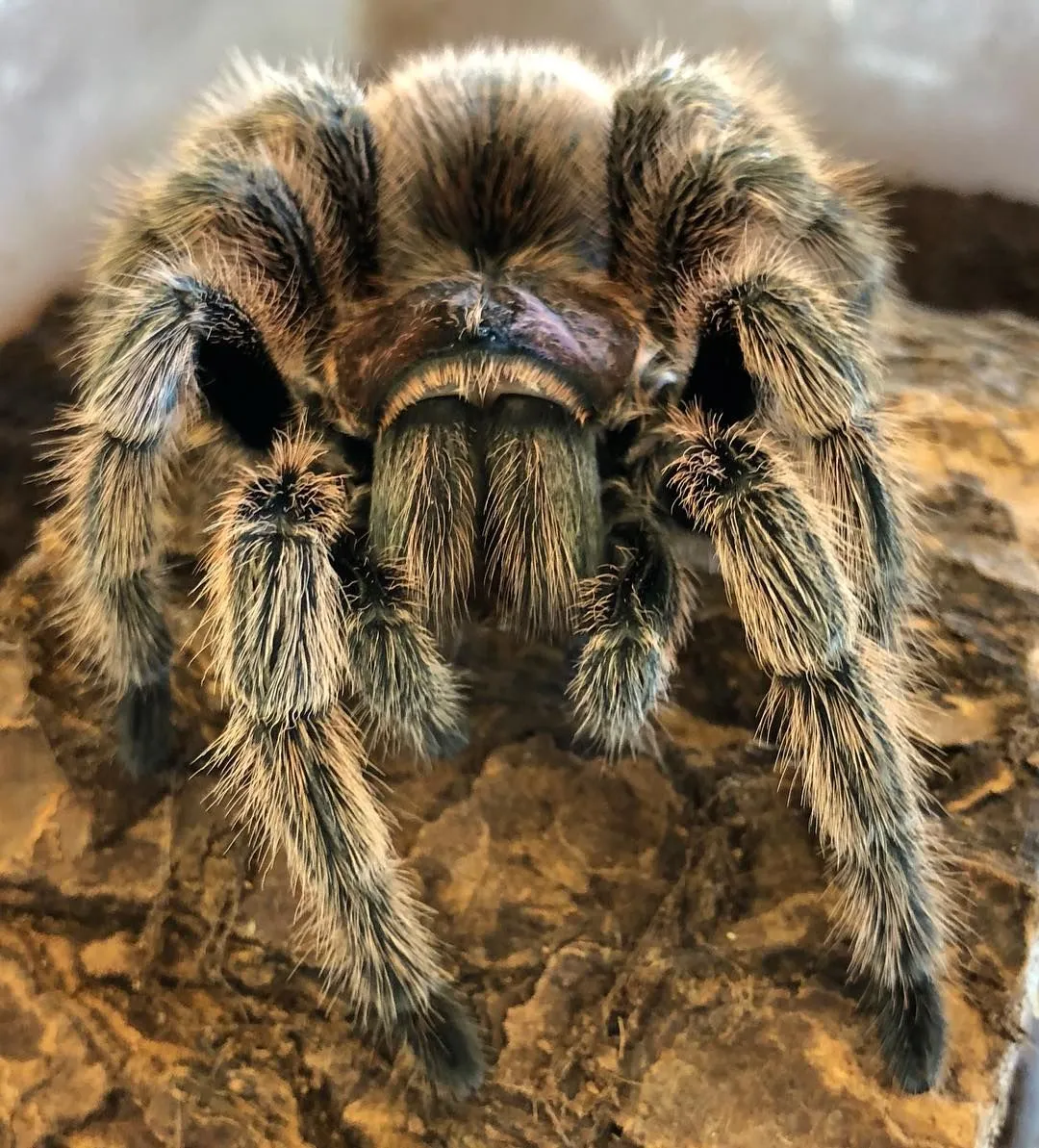What is Tarantula Spider Hair?
Tarantulas, the impressive giants of the spider world, are not just known for their size but also for a unique and fascinating feature their hair. However, this isn’t ordinary hair like that found on mammals. Tarantula hair, or setae, plays a crucial role in the spider’s survival, serving multiple purposes from defense to sensory perception. These hairs cover the spider’s body, varying in type and function across different species. The study of tarantula hair offers a captivating glimpse into the complex adaptations that enable these creatures to thrive in their diverse habitats. Understanding these hairs is key to appreciating the spider’s intricate biology and behaviors. The hair can be found on their legs, body, and even the pedipalps, which are used for various functions, including feeling and manipulating objects.
Types of Tarantula Spider Hair
Tarantula hair isn’t a uniform type; it comes in several forms, each designed for a specific purpose. There are primarily two main categories of tarantula hair non-urticating and urticating hairs. Non-urticating hairs are the most common type, providing insulation, aiding in sensory perception, and helping with climbing. On the other hand, urticating hairs are specialized hairs used for defense. These are typically found on the abdomen and are flicked or brushed off by the spider when threatened. The different types of hairs showcase the tarantula’s adaptability to its environment. They ensure that tarantulas are well-equipped for different situations. This diversity in hair types highlights the evolutionary sophistication of these spiders.
Urticating Hairs
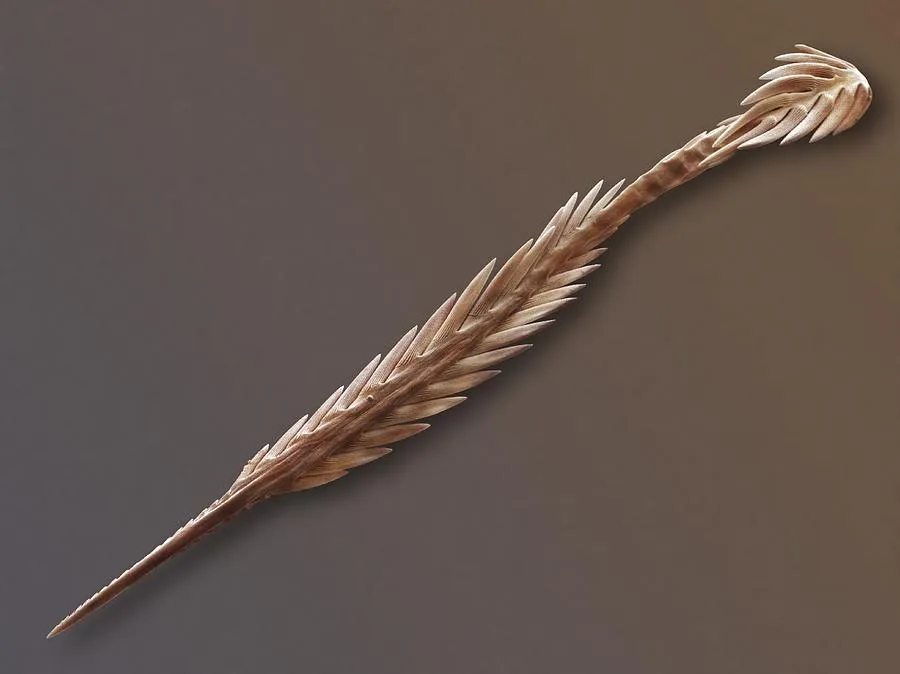
Urticating hairs are the most intriguing aspect of tarantula hair. These are the hairs that cause irritation upon contact with a potential predator, including humans. The hairs are typically barbed and microscopic, making them difficult to remove once they penetrate the skin. Urticating hairs are a primary defense mechanism for many tarantula species, particularly those from the Americas. When disturbed, a tarantula will use its hind legs to flick these hairs towards the threat. The severity of the reaction to these hairs can vary widely depending on the individual and the species of tarantula. This defense strategy is a crucial adaptation for survival in the wild, protecting tarantulas from a wide range of predators. Urticating hairs offer a non-lethal way for tarantulas to deter threats. This mechanism is also fascinating to observe in its natural behavior.
How Urticating Hairs Work
Urticating hairs work through a combination of mechanical and chemical processes. The hairs themselves are incredibly fine and possess barbs that allow them to embed easily into the skin of a predator. Once embedded, these hairs cause irritation and inflammation. The physical presence of the hairs, combined with any potential allergens present, triggers an immune response. The barbs ensure that the hairs stay in place, prolonging the discomfort. This defense strategy is highly effective, often deterring potential predators and giving the tarantula time to escape. This mechanism is a brilliant example of natural engineering, allowing tarantulas to protect themselves from threats. The structure of these hairs and their impact on the predator’s body showcases the intricate adaptations in the animal kingdom.
The Function of Urticating Hairs
The primary function of urticating hairs is defense. These hairs serve as a deterrent against predators. They are not designed to kill or seriously injure but to irritate and distract the threat, giving the tarantula a chance to escape. Beyond defense, urticating hairs may also play a role in mating rituals. During mating, the male tarantula must avoid being targeted by the female’s urticating hairs. Some studies suggest that the hairs might have a secondary role in the spider’s ability to groom and clean itself. Urticating hairs are, first and foremost, a survival tool. It also influences various aspects of a tarantula’s life. These functions highlight the importance of this unique adaptation in the survival of these spiders.
The Defensive Role
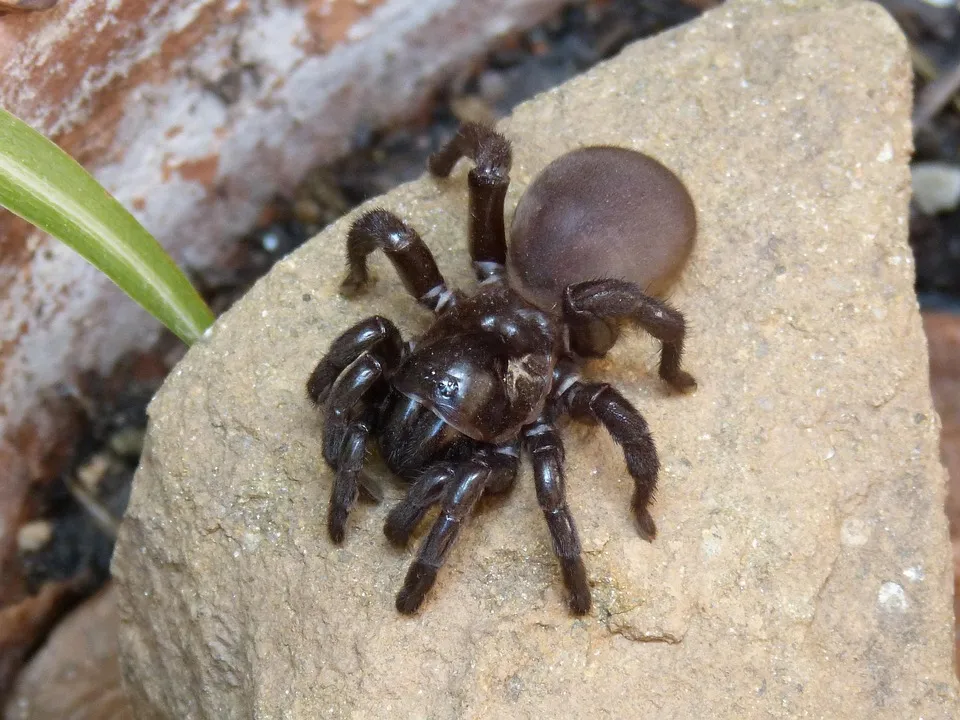
The defensive role of tarantula hair is critical for their survival. When a tarantula feels threatened, it will often use its hind legs to brush or flick urticating hairs towards the perceived danger. These hairs can irritate the eyes, skin, and respiratory system of the predator, causing discomfort and encouraging the predator to retreat. This defense mechanism is particularly effective against small mammals, birds, and other animals that might prey on tarantulas. The hairs are not always the first line of defense, but they provide a highly effective backup strategy. The defense offered by these hairs is vital in habitats where tarantulas are vulnerable to predators. This ability ensures that they can navigate their environment with a higher chance of survival.
How Tarantulas Use Their Hair
Tarantulas employ a variety of techniques to use their hair effectively. The most common method involves brushing the hairs off the abdomen with their hind legs. This action creates a cloud of irritating hairs aimed at the threat. The force and direction of the flick can vary depending on the species and the perceived threat. Some tarantulas can flick their hairs with remarkable accuracy. They can target specific areas like the eyes of the predator. This controlled release of hairs demonstrates the tarantula’s awareness and ability to use its defenses. Understanding the defensive methods provides valuable insights into tarantula behavior and survival tactics. This highlights the sophisticated adaptations of tarantulas in their environment.
How Tarantulas Regrow Hair
Tarantulas do not permanently lose their hair. They regrow their hairs during molting, the process of shedding their exoskeleton. Before molting, new hair follicles form under the old exoskeleton. The new hairs grow as the tarantula sheds its old skin. The process of molting is crucial for tarantulas, as it not only allows them to regrow their hairs but also to grow larger and replace damaged parts. The regrowth ensures that the tarantula maintains its defensive capabilities. Molting is a vulnerable time for tarantulas. It also provides them with an opportunity to refresh and renew their defenses. The hair regrowth is an essential part of their lifecycle, allowing them to thrive in their environment.
Tarantula Hair and Human Interaction
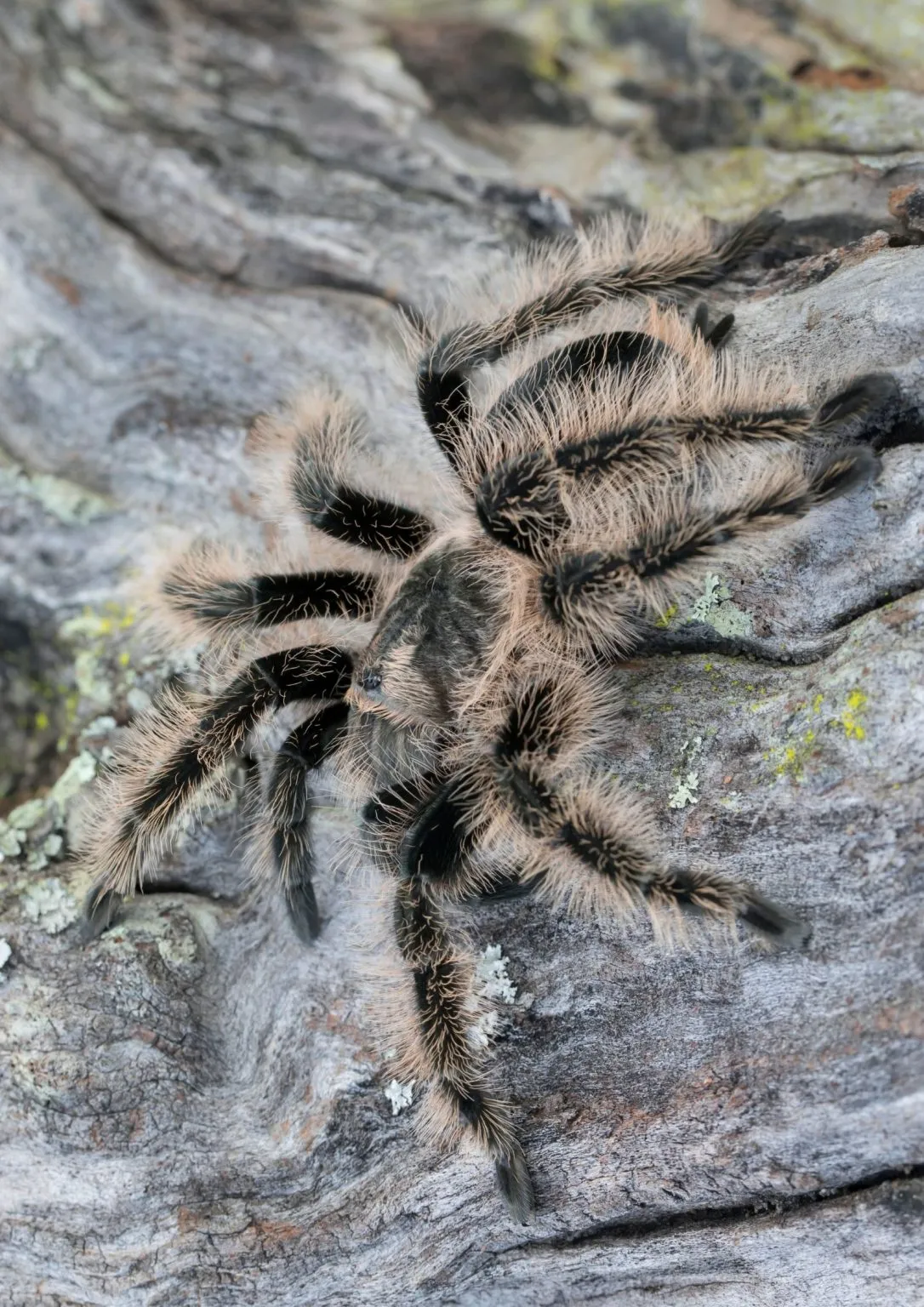
Interacting with tarantula hair can be a notable experience, particularly for those unfamiliar with these spiders. While tarantulas are not inherently aggressive, their urticating hairs can cause irritation if they come into contact with human skin. The severity of the reaction can vary from mild itching to more significant skin irritation, depending on the sensitivity of the individual and the species of tarantula. Many tarantula keepers and enthusiasts take precautions to minimize contact with the hairs. This precaution shows the importance of understanding tarantula behavior and defenses to ensure safety. Awareness of tarantula hair is key to enjoying these fascinating creatures responsibly and without unnecessary discomfort. Responsible handling and awareness are essential for both the tarantula and the human involved.
Allergic Reactions
Allergic reactions to tarantula hair are possible, though not very common. Some individuals may be more sensitive to the hairs, experiencing symptoms such as skin rashes, swelling, and respiratory irritation. The reactions can vary widely. Some people might experience only mild itching, while others might require medical attention. If you suspect an allergic reaction, it is important to seek medical advice promptly. Proper hygiene, such as washing the affected area thoroughly, can help minimize reactions. Allergic reactions underscore the importance of knowing and respecting the defensive capabilities of tarantulas. This reaction also highlights the need for responsible handling and awareness to keep both humans and spiders safe.
Handling and Safety Tips
When handling tarantulas, safety is paramount. The first rule is to avoid unnecessary handling. If handling is required, wear gloves and long sleeves to protect your skin from the urticating hairs. Avoid touching your face or eyes while handling a tarantula. If you get hair on your skin, wash the area thoroughly with soap and water. Some keepers recommend using tape to remove the hairs. Always wash your hands after handling the spider or any of its enclosure items. Taking these precautions will help to minimize the risk of irritation and ensure a safe experience for both you and the tarantula. Following these tips can significantly reduce the risk of adverse reactions.
Tarantula Spider Hair FAQs
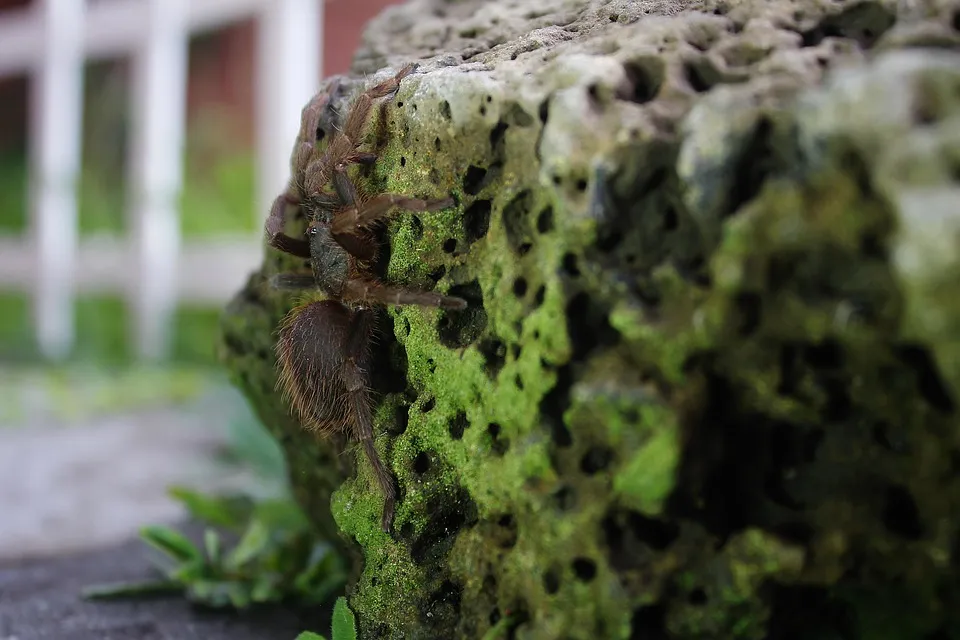
Many people have questions about tarantula hair. These questions range from the function of the hairs to their impact on humans. Understanding the common queries can help dispel myths and provide accurate information about tarantulas. Learning about tarantula hair gives more appreciation of these spiders. It also promotes responsible interaction and understanding of their biology. Addressing these frequently asked questions helps to clarify the role of hair in tarantula life and the precautions necessary for safe interaction with these creatures.
Can All Tarantulas Shoot Hair?
No, not all tarantula species possess urticating hairs. The presence and type of urticating hairs vary by species. The New World tarantulas, native to the Americas, are the ones most known for having urticating hairs. Old World tarantulas, from regions like Africa and Asia, generally do not have urticating hairs. Instead, they rely on other defensive strategies, such as biting. The distribution of urticating hairs is an essential aspect of tarantula classification and behavior. This difference in defensive strategies is a key element in understanding tarantula evolution. The difference also helps when handling tarantulas.
Do Tarantulas Run Out of Hair?
Tarantulas do not run out of hair in the sense that they cannot replace it. As previously noted, tarantulas regrow their hair during the molting process, shedding their exoskeleton and growing a new one. This regrowth ensures that they maintain their defensive capabilities. The quantity of hair and the frequency of hair-flicking can vary. The ability to regrow their hair is essential for the tarantula’s survival. The process ensures that they always have a defense mechanism in place. Tarantulas can replace the lost hair and the process is essential for their survival. This characteristic highlights the tarantula’s resilience and adaptability in its environment.
